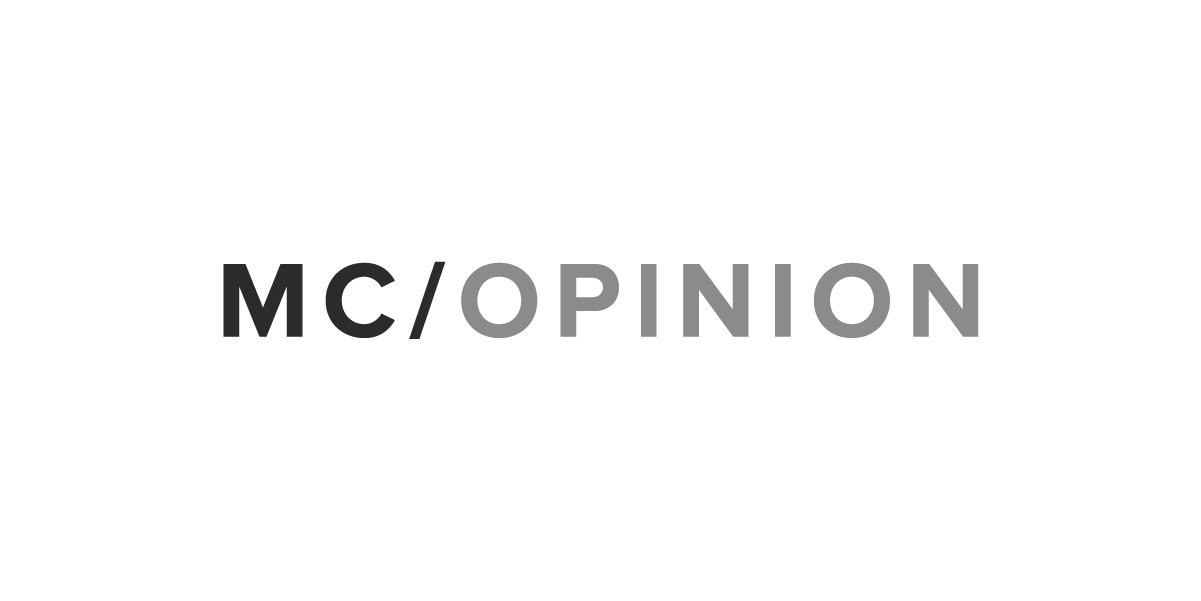In announcing their partnership to manage health care spending and improving employee satisfaction Amazon, Berkshire Hathaway and JPMorgan Chase stated it will use technology to provide “simplified, high-quality and transparent healthcare at a reasonable cost.” Additionally, the new venture will be free from profit-making incentives and constraints. And that’s not a good thing. Instead of a revolution that prevents disease and enhances health with one or two clicks, the venture could become a highly efficient form of rationing that makes people sicker by limiting access to new treatments.
Indeed, the joint venture is stirring excitement and driving down share prices of pharmacy benefit management companies (the entities that administer drug benefits and set drug prices for most Americans) because of the possibility that the group will, using Amazon, cut out the PBMs such as Express Scripts and CVS, to distribute and dispense medicines directly.
PBM rebates are a huge source of cash. Companies like Express Scripts make money by extracting rebates from drug and biotech companies in exchange for being included in a formulary, the list of medicines PBMs will cover. (Of the $450 billion spent on prescriptions drugs, nearly $120 billion is rebates that PBM pocket or share with health plans instead of consumers.)
Rebate cash is critical to any health care company including the new venture. Indeed, recent CVS-Aetna and the failed Anthem-Cigna merger were fueled by expectations that rebates would finance the cash portion of each deal as well as finance other acquisitions. Anthem sued Express Scripts for failing to share $3 billion a year in rebates from 2009-2014. That’s about equal to Anthem’s net cash flow over the time period. Though the deal was blocked by a federal court, Anthem simply set up its own PBM to generate its own rebate cash. Similarly, the CVS-Aetna merger will increase cash flow by several billion because of rebate revenue alone. Longer term, CVS is likely to steer all the new customers to its formulary, which excludes more and more medicines.
While it eschews profit making incentives, the venture is being urged to use cost effectiveness evaluations by health policy experts in determining which drugs and treatment people should get. Such analyses place a dollar value on the quality and length of life and are designed to reduce what the new plan spend. Cost effectiveness assumes that sickest patients cost more and are worth less.
As ICER, a nonprofit organization leading the charge for replacing the profit motive with cost effectiveness has noted, the opportunity cost of supporting the use of ultra-orphan drugs necessitates that patients with a more common disease, for which a cost-effective treatment is available, are denied treatment.
By contrast, profit driven Amazon’s core principle is: “Leaders start with the customer and work backwards. They work vigorously to earn and keep customer trust. Although leaders pay attention to competitors, they obsess over customers.”
Simply pocketing rebates and forcing patients to use the drugs based on cost effectiveness evaluations violates that principle. A more efficient PBM using machine learning to refine cost effectiveness analysis is a more lethal one. Evidence shows clearly that cost sharing and delaying access to new medicines keeps people sicker, reduces their quality of life and productivity and drives up healthcare spending. Moreover, in an era when more medicines – and treatment patterns – are personalized to the unique situation and biology of smaller groups of patients with complex disease, pushing everyone to the “Amazon Basics” drug formulary could betray customers.
In announcing the venture, Amazon CEO Jeff Bezos stated: “Hard as it might be, reducing healthcare’s burden on the economy while improving outcomes for employees and their families would be worth the effort. Success is going to require talented experts, a beginner’s mind, and a long-term orientation.”
But what experts and entrepreneurs will they call upon? Will the new venture recruit them to create cost effectiveness algorithms that go after medicines that work for patients but generates less rebates in favor of drugs that generate the most? Will it require people with cancer, MS, cystic fibrosis to pay thousands of dollars out of pocket even as it pockets discounts and rebates. Or will the venture team up to reduce health care costs by eliminating the barriers to personalizing care. Will it bring to bear the deep learning they have used to enrich the consumer experience to the vocation of saving lives?
If the venture starts with customer well-being and work backwards to match people to the medicines that transparently achieves that goal, it should make a lot of money. And that will encourage other entrepreneurs to follow suit. If it simply replaces one type of PBM with a more efficient version that uses cost effectiveness analysis as a guide, the endeavor may not turn a profit, but it will also make the lives of millions of Americans more miserable.
Robert Goldberg is vice president of Center for Medicine in the Public Interest.
Morning Consult welcomes op-ed submissions on policy, politics and business strategy in our coverage areas. Updated submission guidelines can be found here.
